Department of Biological Sciences, National University of Singapore PhD Oral Defence
Signaling and Mechanical Regulation of Podosome-Type Cell-Matrix Adhesions
Speaker: Nisha Mohd Rafiq
(Graduate Student, Dept. of Biological Sciences, NUS, and Randall Division of King’s College London)
Date: 19 January 2017, Thursday
Time: 4pm
Venue: T-Lab Level 5 Seminar Rooms
Supervisor(s): Prof. Alexander Bershadsky, Prof. Paul Matsudaira and Prof. Gareth Jones
Abstract
Podosomes represent a class of integrin-mediated cell-matrix adhesions formed by migrating and matrix-degrading cells. The talk will comprise of three studies involving the crosstalk of small G-proteins, the role of actomyosin contractility and membrane tension in regulating podosome dynamics. Firstly, I will demonstrate that in macrophage-like THP1 cells and fibroblasts stimulated to produce podosomes, down-regulation of the G-protein ARF1 and its exchange factor ARNO, by small interfering RNA or pharmacological inhibitors led to striking podosome elimination. Using super-resolution microscopy, inhibition of ARF1 led to an increase in active RhoA levels and triggered assembly of myosin-IIA filaments in THP1 cells, whereas the suppression of myosin-IIA rescued podosome formation regardless of ARF1 inhibition. The expression of constitutively active ARF1 in fibroblasts induced formation of putative podosome precursors that are capable of degrading the matrix. Thus, ARNO-ARF1 regulates formation of podosomes by inhibition of RhoA/myosin-II and promotion of actin core assembly. Secondly, I will demonstrate an adhesion switch mechanism between podosomes and focal adhesions through a microtubule-regulated myosin-II filament turnover. Disruption of microtubules triggered assembly of focal adhesions but disassembly of podosomes, while recovery of microtubule array suppressed focal adhesions but promoted podosome assembly. Here, I will show that the effect of microtubules on both focal adhesions and podosomes is mediated by GEF-H1, a microtubule associated Rho-GEF, activating the RhoA – ROCK – myosin-II pathway. Finally, I will discuss preliminary findings on the role of membrane tension in podosome dynamics. Artificial increase in membrane tension by osmotic shock and mechanical stretching curbed podosome formation, while decreasing its tension promoted podosome clustering, suggesting that membrane plasticity and/or invagination-related processes can control the assembly of podosomes.
All are welcome.



